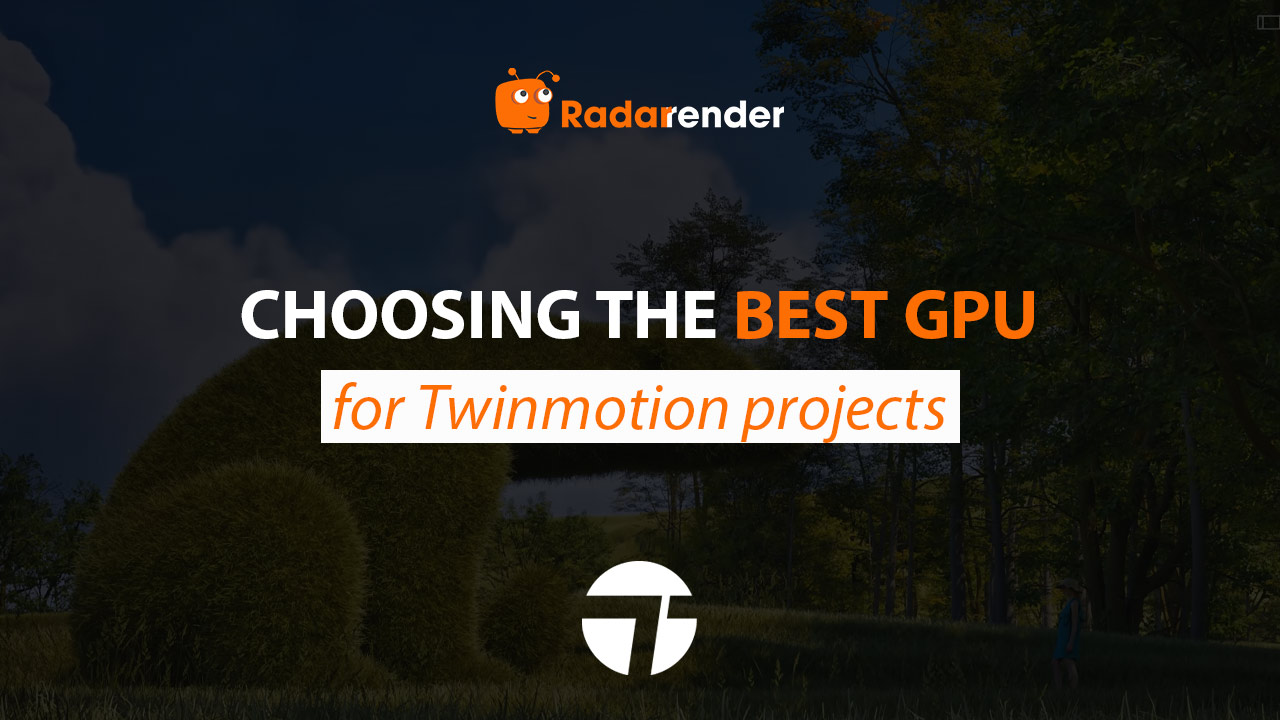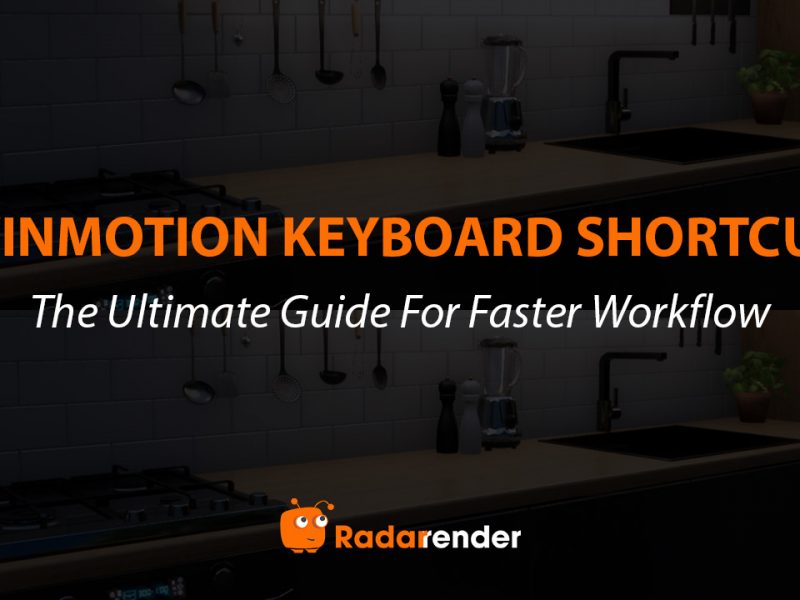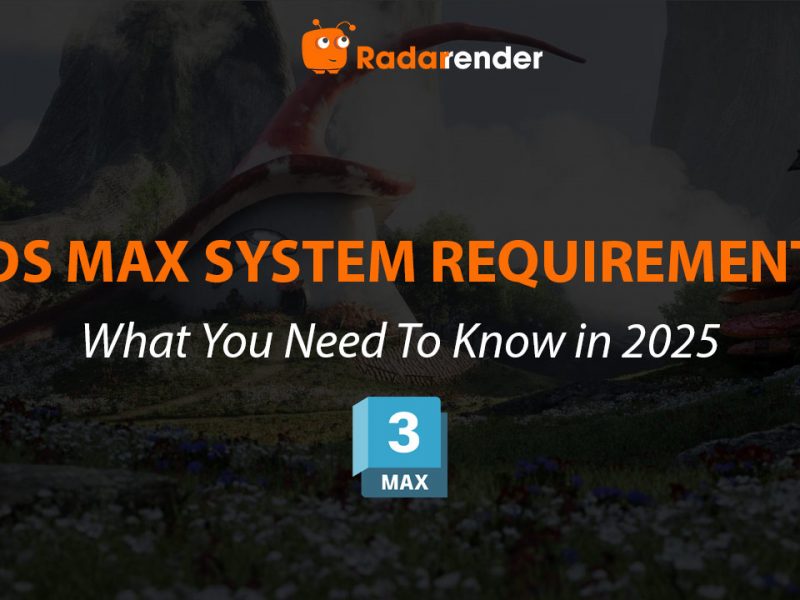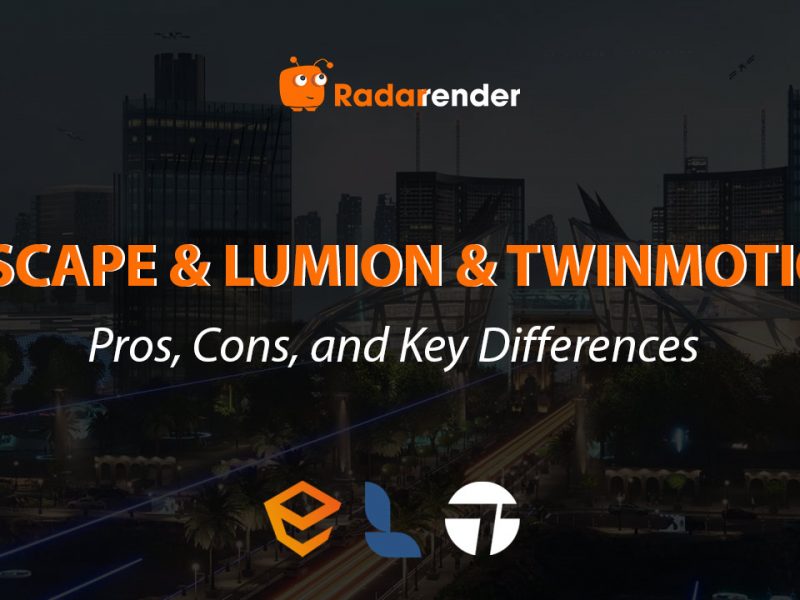Choosing the best graphics card for Twinmotion projects
Are you looking for the right card for your project in Twinmotion? This article is for you. Let’s find the best graphics card for Twinmotion with Radar Render!
Overview of Twinmotion
Twinmotion is a real-time 3D visualization tool used in architecture, construction, urban planning, and landscaping. It allows users to quickly create high-quality images, panoramas, and VR videos from 3D models.
Twinmotion is known for its user-friendly interface and its ability to produce visualizations that are both photorealistic and interactive, even in VR.

What’s new in Twinmotion 2025.1.1?
The latest version of Twinmotion updates useful features to streamline your workflow:
- New 3D grass allows you to customize the scale, color, and fuzziness to get exactly the look you need.
- A new Configurations feature enables you to build interactive 3D presentations that showcase different variations of a project to your clients or stakeholders.
- Support varies across the range of GeForce GPUs, including the latest GeForce RTX 50 Series.
- Brings several lighting and rendering enhancements to extend Twinmotion’s capabilities and increase the quality
Graphics Card Requirements
| Minimum Requirements | High-end Requirements |
| The latest available drivers | The latest available drivers |
| At least 6 GB of VRAM | At least 12 GB of VRAM |
| A benchmark score of 10,000 or higher | A benchmark score of 20,000 or higher |
Twinmotion has the following limitations when running on a Mac:
- Twinmotion can run on macOS versions earlier than 13.5, but it is not officially supported.
- The Path tracer feature is not supported on macOS.
- VR mode is not supported on macOS due to the hardware and driver limitations on Macs.
- Lumen only supports software ray tracing mode on macOS.
Therefore, in this article, we will discuss the best GPUs for Twinmotion running on Windows.
Factors to consider when choosing a graphics card for Twinmotion:
Performance
Twinmotion relies heavily on GPU acceleration for real-time rendering, so a powerful GPU is essential for smooth performance, especially with large and complex scenes.
VRAM
Graphics card memory (VRAM) is crucial for displaying high-resolution models and textures, so ensure your chosen card has sufficient VRAM for your project. Twinmotion is often used for architectural rendering, which requires high quality; a large VRAM is an advantage.
Budget
Top-tier cards like the RTX 4090 or RTX 5090 offer the best performance but come with a higher price tag. Consider balancing performance needs with your budget.
Project Complexity
Smaller, less complex projects may be manageable with more budget-friendly cards, such as the RTX 4070 SUPER, while large, high-resolution projects will benefit from the RTX 4090 or higher.
Professional vs Consumer Cards
While GeForce cards offer great value, if you’re using Twinmotion with other Autodesk products like Revit, a professional-grade card like those in the NVIDIA RTX series might be a better choice for stability and compatibility.
Top GPUs for your Twinmotion projects
NVIDIA GeForce RTX 5090 – Fastest GPU for Twinmotion
The upcoming RTX 5090 is NVIDIA’s new flagship and the most powerful option for Twinmotion users in 2025.

- Massive 32GB VRAM.
- Ideal for ultra-high-res scenes, large BIM models, and VR walkthroughs.
- Advanced ray tracing and DLSS 4 support.
- Perfect for future-proofing your workflow.
Whether you’re rendering huge cityscapes or real-time animations, the RTX 5090 delivers unmatched performance.
NVIDIA GeForce RTX 4090 – Best overall performance
Still one of the most powerful GPUs in the market, the RTX 4090 dominates Twinmotion rendering thanks to its massive power and efficiency.
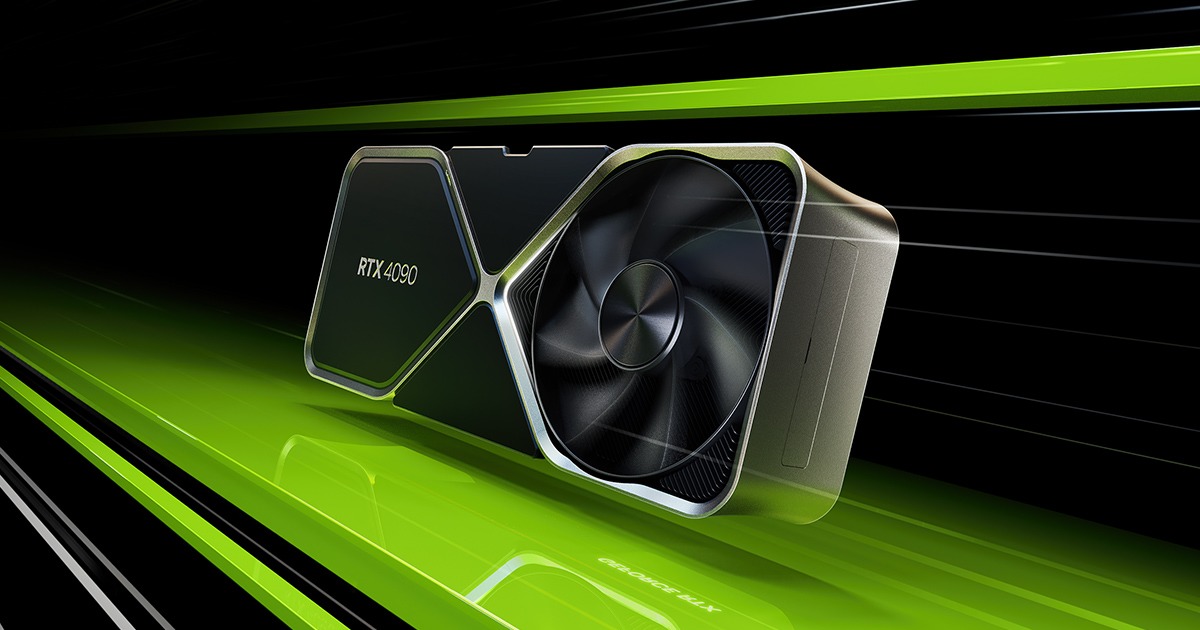
- 24GB GDDR6X and 16,384 CUDA cores.
- Outstanding real-time viewport rendering and path tracing.
- Ideal for detailed architectural visualization and VR projects.
- Runs complex scenes smoothly with ultra settings.
If you’re handling large-scale projects or using Twinmotion with Revit or Rhino, this GPU won’t disappoint.
NVIDIA RTX 6000 Ada Generation (Workstation GPU) – Best for professional studios
Designed for professionals who need 24/7 stability, the RTX 6000 Ada is perfect for architectural and BIM firms.
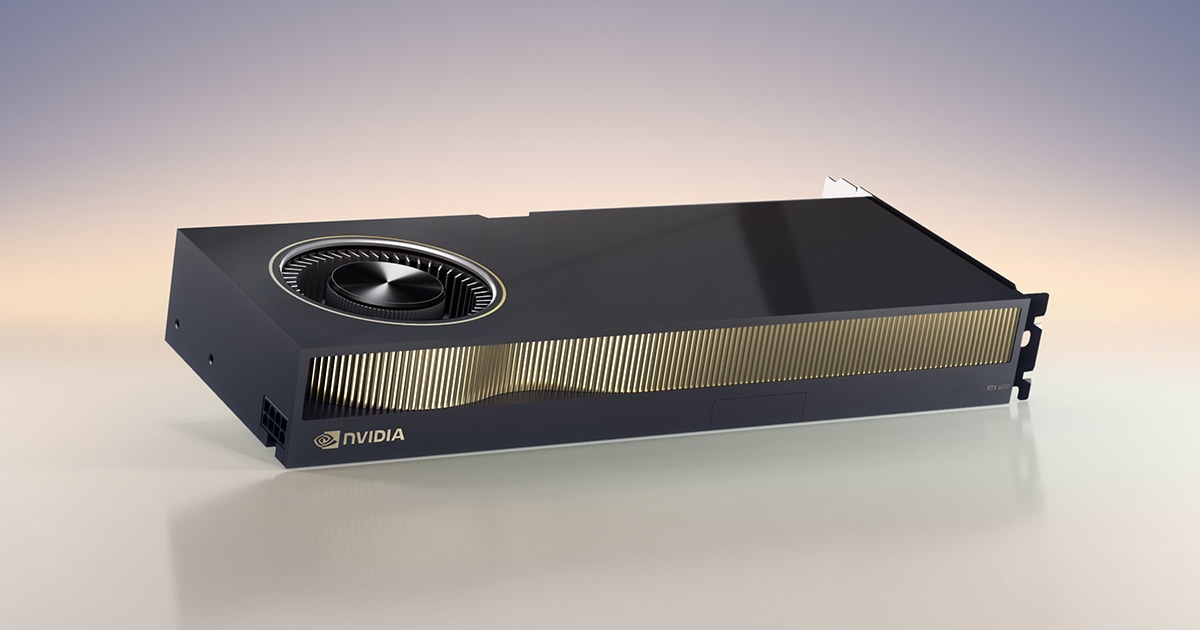
- 48GB GDDR6 ECC, enterprise-grade drivers.
- Supports heavy BIM files and real-time collaboration.
- Reliable for large-scale batch renders and multi-monitor workflows.
- ECC memory ensures data accuracy in mission-critical projects.
It’s a solid investment if you’re running a high-end studio using Twinmotion daily.
NVIDIA GeForce RTX 4080 – High-end consumer choice
These GPUs are excellent for professionals and freelancers who want strong performance without the extreme price tag of a 4090.
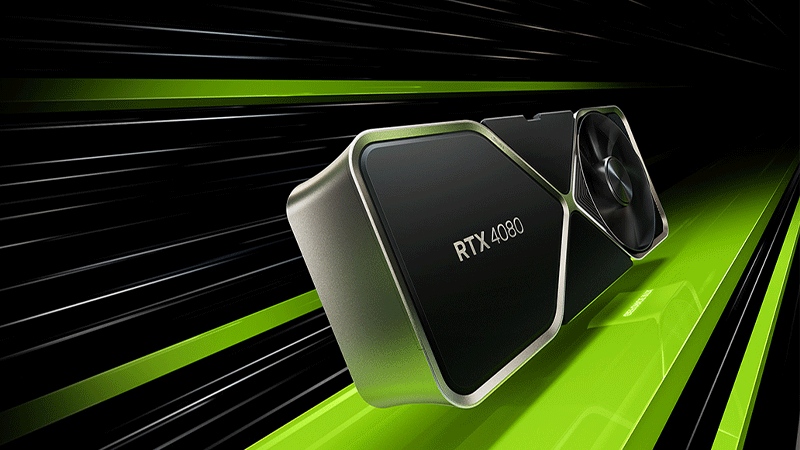
- 16GB GDDR6X and Ray tracing & DLSS 3 support.
- Smooth viewport navigation and faster exports.
- Efficient for most Twinmotion projects including animations and video output
- Balanced price-to-performance ratio.
Great choice if you’re upgrading or building a new PC for Twinmotion in 2025.
NVIDIA RTX A6000 (Ampere) – Reliable for architectural visualization
The RTX A6000 is the older sibling to the RTX 6000 Ada, still widely used in architecture firms and visualization studios.
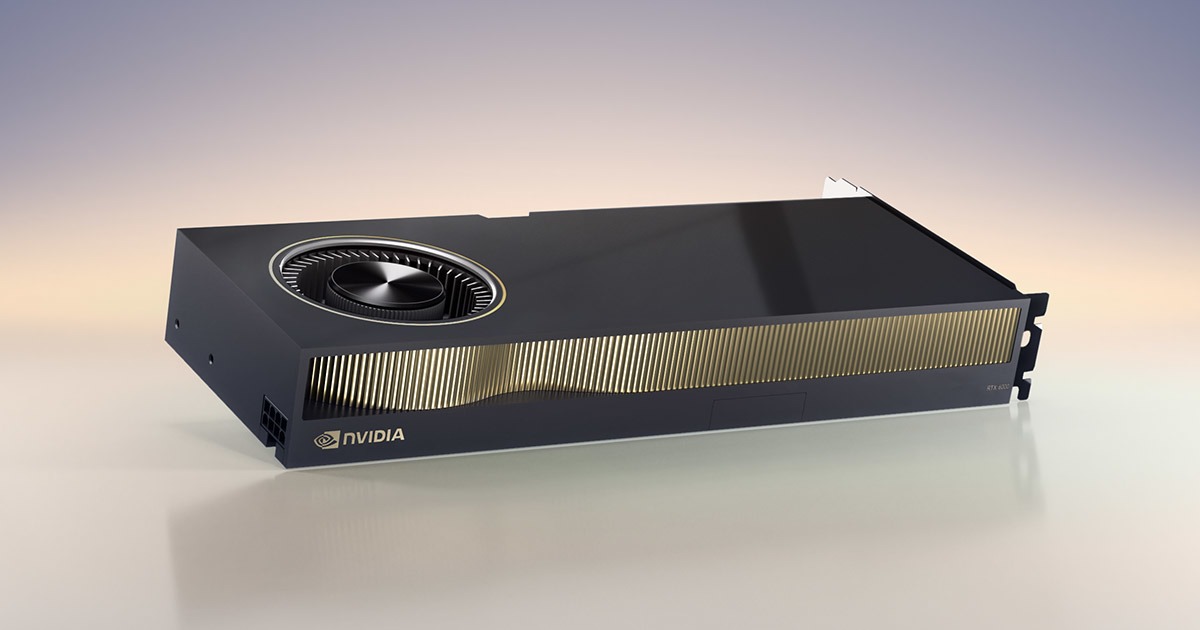
- 48GB GDDR6 ECC | Full support for BIM workflows.
- Stable performance for multi-software pipelines (Revit, Twinmotion, Navisworks).
- Great for rendering large files with high material complexity.
Even in 2025, it remains a rock-solid GPU for professional workflows.
NVIDIA GeForce RTX 4070 Ti SUPER – Best value for mid-high level users
If you’re a solo artist, freelancer, or small studio, the 4070 Ti SUPER offers excellent performance for the price.
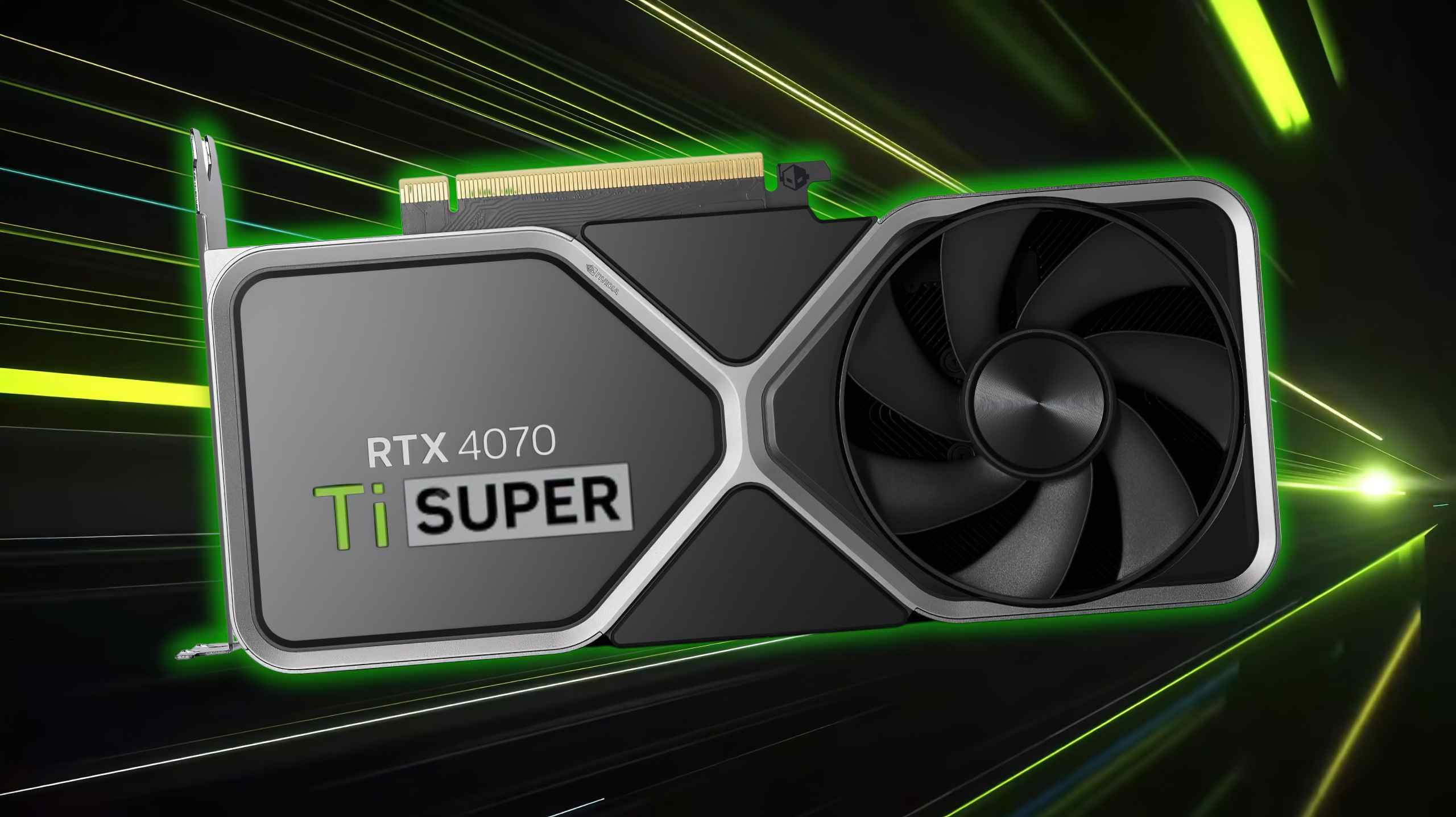
- 16GB GDDR6X.
- Handles medium-to-large scenes with ease.
- DLSS 3 enhances real-time playback and rendering performance.
Ideal if you’re seeking a smart investment without compromising capability.
AMD Radeon RX 7900 XTX – Alternative to NVIDIA
If you prefer AMD or already use an AMD-based system, the RX 7900 XTX offers solid performance for Twinmotion, especially in raster-based workflows.
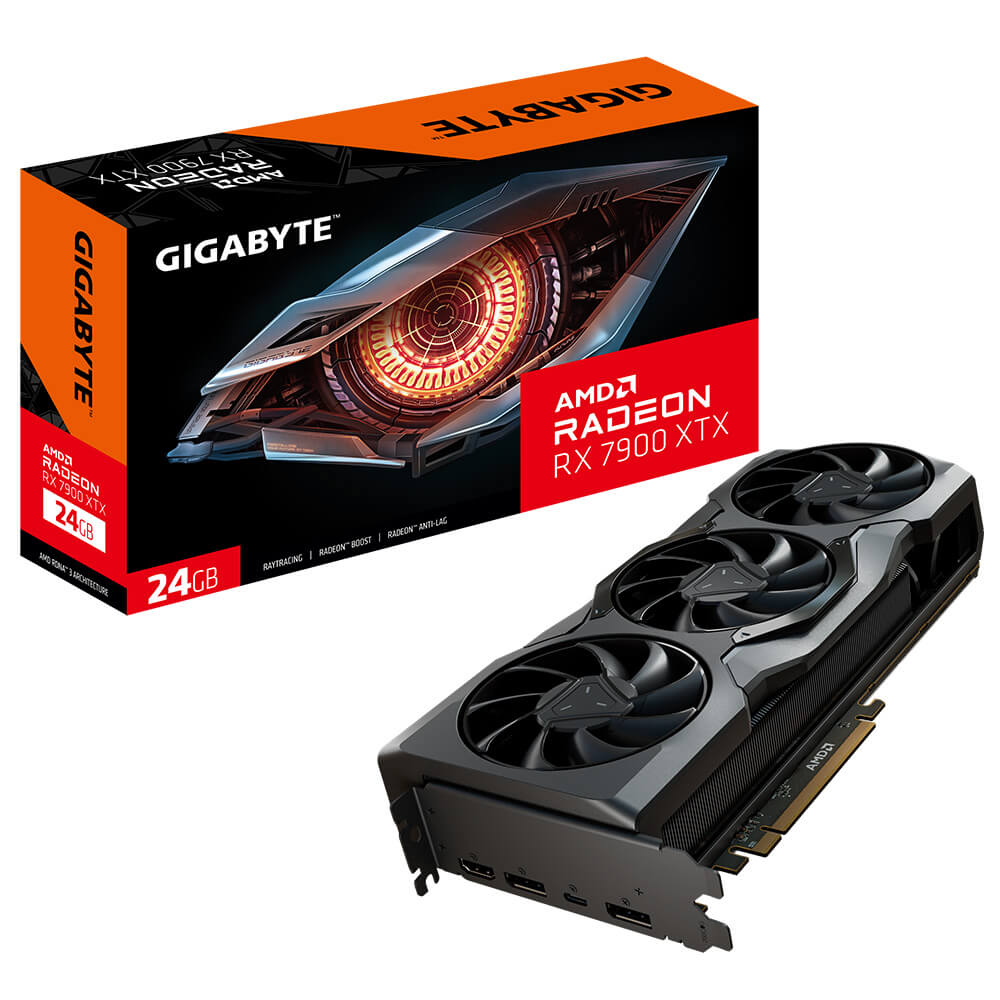
- 24GB GDDR6 | Excellent rasterization and viewport performance.
- No DLSS or ray tracing as advanced as NVIDIA.
- Still suitable for smaller projects and non-RT-heavy workflows.
Just ensure your tools and plugins are fully compatible with AMD for the best experience.
Conclusion
Choosing the right GPU for Twinmotion depends on your workflow, project complexity, and budget. For the absolute best performance, the NVIDIA RTX 5090 and RTX 4090 are unmatched, delivering smooth real-time rendering, high-resolution output, and excellent ray tracing support, ideal for large-scale architectural and animation projects.
If you’re a professional studio using Twinmotion alongside BIM software like Revit or Archicad, the NVIDIA RTX 6000 Ada or RTX A6000 offer unmatched stability, ECC memory, and enterprise-level support. These are built for mission-critical workflows and complex file management.
For freelancers, designers, and small teams, the RTX 4080 SUPER or RTX 4070 Ti SUPER offer incredible performance-per-dollar value, easily handling most residential and commercial visualization projects with smooth viewport performance and export speed.
And while AMD’s Radeon RX 7900 XTX is a solid alternative, NVIDIA remains the better choice for Twinmotion due to superior support for ray tracing, DLSS, and broader compatibility with 3D visualization pipelines.
Which one is your favorite? Let’s discuss in the comment section below!
See more:



